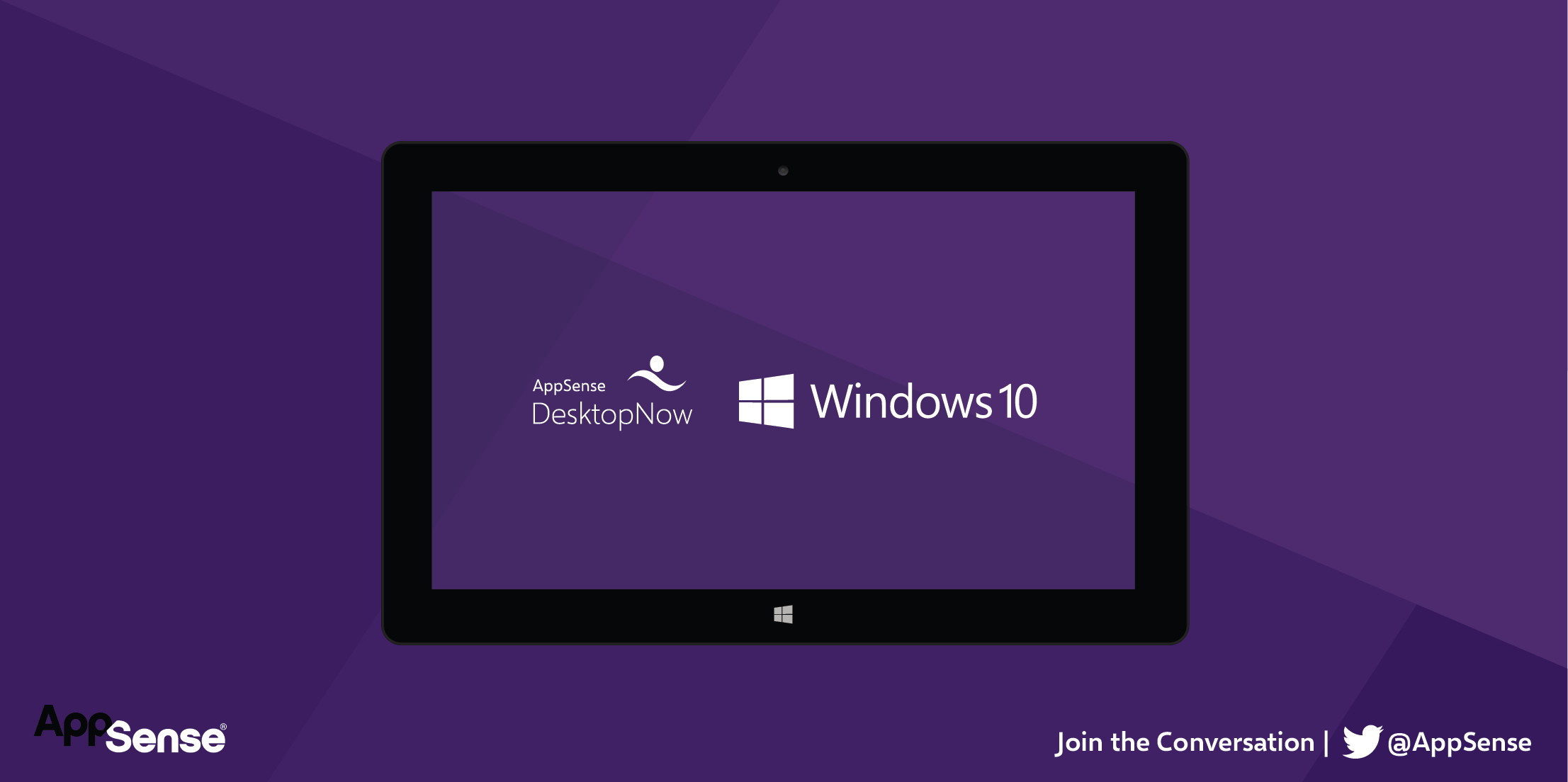Productive, Yet Secure – My Windows 10 Surface Pro & AppSense
*This post originally appeared on the AppSense blog prior to the rebrand in January 2017, when AppSense, LANDESK, Shavlik, Wavelink, and HEAT Software merged under the new name Ivanti.
 For more than five years I’ve been a Mac user, but earlier this year I made a decision to return to a native, Windows-based device. My 15-inch MacBook Pro, though capable of running multiple Windows VMs, was starting to feel too cumbersome with all the travel my job requires.
For more than five years I’ve been a Mac user, but earlier this year I made a decision to return to a native, Windows-based device. My 15-inch MacBook Pro, though capable of running multiple Windows VMs, was starting to feel too cumbersome with all the travel my job requires.
I needed something more convenient on the planes and trains I often find myself working from. Plus, even though Boot Camp gave me access to Windows when I needed it, let’s be honest, the Mac keyboard isn’t exactly a seamless user experience with Windows and running Windows 8.1 on a retina display is just painful.
When the first Surface came in 2012 out I was in New York. Walking past the Microsoft store in Times Square, I saw hundreds of people queuing to take a peek at what I thought, at the time, would be an “iPad Killer” and let businesses move on to manage something more familiar while also embracing the benefits of the consumer IT.
Ok, I was wrong… very wrong in fact. Neither the Surface or Surface 2 made a dent in enterprise adoption of the iPad. This wasn’t the first time Apple proved me wrong either. In 2001 the iPod was born and by 2005 it was pretty clear my investment in a Sony MiniDisc had too been wasted in the aftermath of wild success that followed that first, white rectangle.
Was the Surface adoption similarly doomed?
Was I ever going to get it right and foresee the future?
(Ok at least I correctly called the winner in the Blu-ray vs HD DVD bake off of 2007, so I’ve got that going for me.)
I believe the Surface failed because its OS wasn’t built from the ground up with touch in mind, but it was marketed as a tablet and iPad competitor. The Surface doesn’t shine until you plug in a mouse and keyboard.
And that, the mouse and keyboard, is key to what happened next. Two simple peripherals working seamlessly with each other and the desktop OS is something the iPad couldn’t offer and makes all the difference for business use. So, when Microsoft announced the Surface Pro 3 and positioned it as a MacBook Air/lightweight notebook replacement, a different story started to unfold.
The Surface Pro 3, to me, has all the benefits a consumer-like device, but with the power, productivity, and support of the Windows Desktop. It’s a perfect balance between consumer IT and is a glimmer of the future I envisioned in 2012 while walking in Time Square- a future where IT can deliver a consumer-style device with a manageable, secure OS.
Many enterprises I meet are rolling out the Surface today and many more plan introduce them in 2016 as a part of their Windows 10 migration.
According to to eWeek, 73% of large organizations will introduce Windows 10 optimized devices during their next migration, and the same group of people reported that 99% are running SCCM in their enterprise.
So are we edging closer to the perfect balance where managed IT meets consumer IT?
On my new Surface can I still install applications? Can I use the MS Store? Am I secure? Do I have my data? Is the device configured so I can do my job? Does the new device look like mine? Did I keep my settings when I moved to Windows 10? Does IT have visibility and control of my device when needed? Can I self-manage my device without comprise? Can IT be compliant without affecting my experience and not increasing its own costs?
In my case, yes to all of the above. But it’s not Windows 10 or the Surface that provides me a consumer-like experience on a managed and secure device and OS. No, that’s where User Environment Management comes in and where AppSense fits into the solution.
Since our beginning in 1999, our technology was designed to to protect the build of the OS and control application execution without the need for complex whitelisting. We continue to evolve and add to our feature set, but at it’s core AppSense still protects my Surface yet allows me work productively and have consumer-like freedom on my device.
So today, still upset the MiniDisc didn’t take off but a happy owner of a large, Blu-ray collection, I write this blog on my Surface Pro 3. And I have to admit, it’s by far the best user experience I’ve had to date:
- My logon is <10 seconds, and I haven’t had a single issue with profile corruption
- Without whitelisting them, I can run every AppSense SCCM or App V application delivered to me, but am protected against malware and unknown executables
- I can install personal apps, but only run them outside the office, only run Visio from devices I’m licensed for, and can only access sensitive application when I’m in a corporate office
- I am NOT a local admin of my device, but can perform tasks and run apps that require admin privileged
- It has visibility into my user experience
But, most importantly, my desktop is secure, my applications configured and personalized, and my environment is optimized.
If you’re planning a Hardware Refresh or introducing the Surface during your Windows 10 migration, reach out and let’s talk about how we can improve your user experience and protect your new investment.